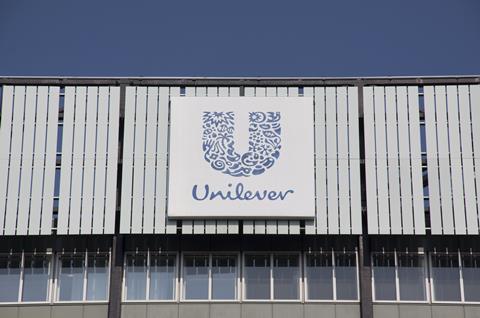
Making life a little better through the everyday is what motivated me to get into consumer products. What mattered most to me in my years at Unilever was creating the best products – the definition clearly developed and broadened over time – and getting those to be used and loved in as many homes as possible.
One of my first projects as a young brand manager on Persil was a range of ‘eco-refills’ for Persil Automatic Liquid: save packaging, save money. It was far from perfect, but it was progress, and well received by many shoppers. It sold millions of units to people who intuitively recognised its value.
I learnt many things from that project, and from my years in fmcg. That elusive perfection is the enemy of progress: it is the persistent focus on the next practical leap that delivers tangible results, and choosing the harder, but right thing to do. I felt called to those projects, to be honest, and I’d say my purpose is best summed up in the phrase ‘make it better’. This multi-layered thought explains the kind of work that makes me happiest and, not surprisingly, the type of work I chose to do.
More broadly, I believe that throughout history there have been people responding to the situations in which they find themselves by making it better – not just for them, or their family or their firm, but for everyone.
What could be more needed now? As we tackle the consequences of inaction in the face of the climate emergency, its existential threat to nature and the wellbeing of humans, we need to take stock. While governments around the world must set the framework through laws and taxes to tackle these issues, business has to deliver the seismic changes in the way humans move around, heat and light homes and offices, the food we eat, and how we spend our leisure time. And those businesses will need to engage and enroll us all as citizens.
For innovation and advertising, this is the opportunity of a lifetime. The chance to invent the future. I believe most people who work in marketing and advertising want to be part of that positive vision. A mission that specifically calls on their skills, helping to frame the best options as the most desirable. I also believe this change for each of us will not be one clear moment of epiphany – change won’t be an event, but will come one choice at a time.
I know this dismays many people, but my 30 years in marketing tell me that changing behaviours takes focus and requires a lot of things to come together to be successful. Think of the people in the 1990s who didn’t buy those eco-refills despite them being empirically cheaper and better for the environment than the alternative packages. We will need to make the bigger brands better and the better brands bigger.
To quote one of my favourite books Switch on the topic of behaviour change: “Until you can ladder your way down from a change idea to a specific behaviour, you’re not ready to lead the switch.” As Chip and Dan Heath write later in their book: “If you want people to change, you can provide clear direction, or boost their determination and motivation. Alternatively, you can simply make the journey easier.”
So, the rallying cry, and my motivation to write Sustainable Advertising with co-author Matt Bourn, is for marketing and advertising to be a force for good and to put those skills in service of a better world. At the very least, to encourage the behaviour changes required to radically decrease greenhouse gas emissions from human activities that cause harmful climate impact.
To borrow a phrase from Net Positive by Paul Polman and Andrew Winston, it is “not about being perfect. It’s about fixing the problems that cause negative impacts and going beyond to create positive value for others.”
That’s exactly what Sustainable Advertising sets out to do, and in that order. We begin by addressing the problems that need fixing in the advertising process and across the sectors of the industry. The second part of the book paints a picture of those advertisers and their agencies who are going beyond to create positive value for all their stakeholders today.
In total, we set out how marketing and advertising people can change the way they work and change the work they make. What we offer is some practical guidance, and some inspiration, but it’s probably also imperfect. These are the best examples at a point in time, reflecting the best and most sincere effort of all concerned.
Like those eco-refills, we will almost certainly look back and see shortcomings, but will nonetheless be pleased that those teams are counted in the number of people who actually did something and made it better.








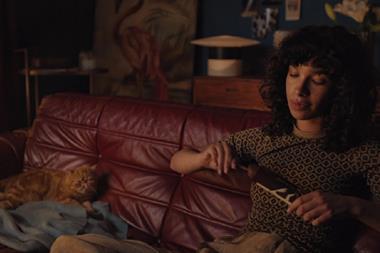
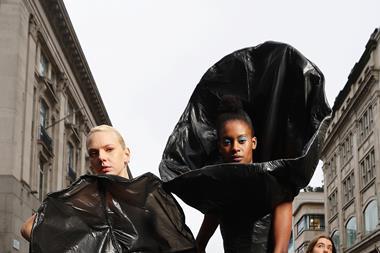



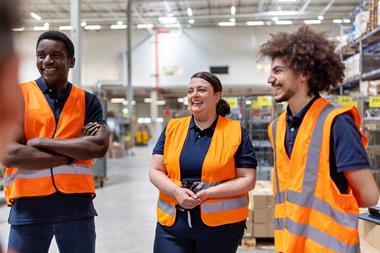

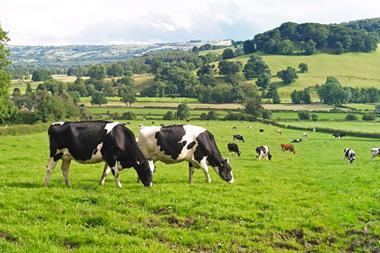
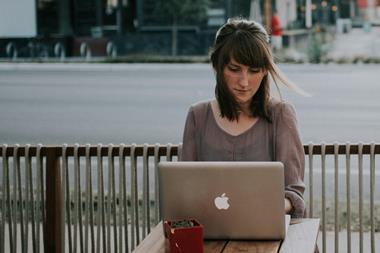
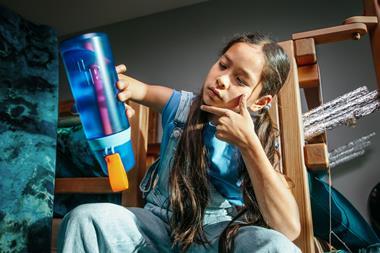

No comments yet